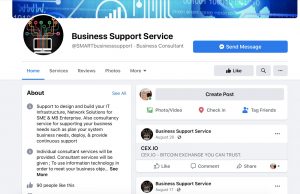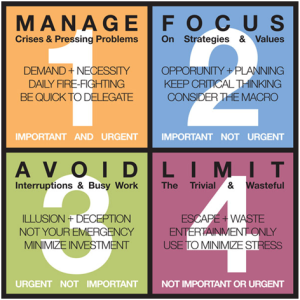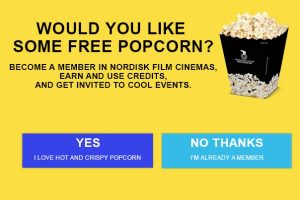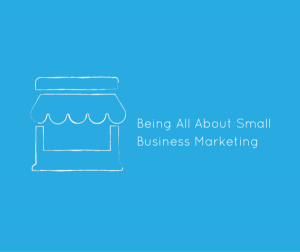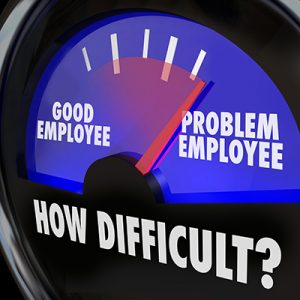— August 11, 2017
You already know by now that high email open rates are useless if click-through rates (CTRs) are low. You need people to click the links in your email to end up on your website. Click-through rates are a much better indicator of email engagement and success than only open rates for that reason.
But the average email CTR is 4.19% — across all industries.
Which means around 4 recipients click your links for every 100 opened emails.
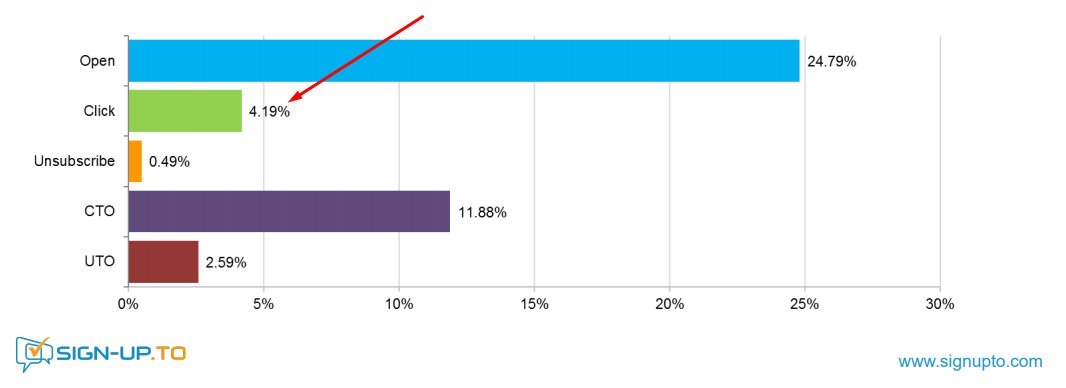
Always test these on your own and analyze the results, because tactics tend to be situational. But these should give your email click-through rates a healthy boost…
Click-through Rate Strategy #1: Increase The Number of Links
In each of your own emails, exactly how many links should you be using?
To answer that question, Elizabeth Yin of Launch Bit once ran a test on 2 email types: 1- and 2-link emails.
From her findings, 2-link emails generate almost twice as many clicks than 1-link emails:
- 1-link campaigns generated 131,914 clicks in total.
- 2-link emails did a total of 235,422 clicks — 72,003 clicks on link #1 and 163,419 clicks on link #2.
And get this: most of the recipients of her 2-link emails clicked link #2.
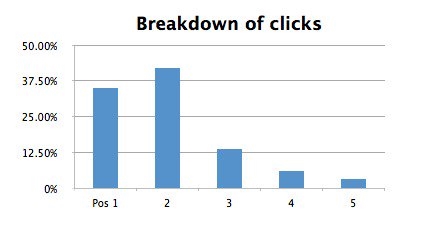
Most email recipients need more time to study your offer when they encounter your 1st link or CTA. They keep reading before deciding to click through your second link, therefore, you should try to increase the number of links you’re using if you’re still only using one.
This, however, isn’t a one size fits all rule. Many marketers find that emails with more than two links get even higher clickthrough rates (CTRs).
In fact, Yin’s research further reveals that newsletters with 5+ links produce higher CTRs than those with <5 links.
“Less is more” works for website design and fewer pictures keep your emails out of the SPAM box, but it seems like “more is more” for links in email newsletters.
Click-through Rate Strategy #2: Leverage Your Pre-headers
A pre-header lets recipients know a little more about what’s inside your email.
Here’s an example of an enticing pre-header:
![]()
The best marketers make their pre-headers about the #1 benefit that clicking your link will provide.
This benefit isn’t a 50% off something, new products updates, etc. No, I’m talking about the actual value that people will get from clicking your links and responding to your offers (Life-changing values like 500% increase in sales, getting the girl of your dreams, getting your first 3,000 customers, etc.)
Since we all go around looking for ‘what’s in it for us’, this ‘#1 benefit’ will catch your subscriber’s attention — of course, after they see your eye-catching subject line — and will open your email with the intention of getting that ‘#1 benefit.
If you tie this #1 benefit to your link(s), chances are pretty high subscribers will get clicking.
Take this preheader from one of CoSchedule’s recent newsletters:
![]()
The email is targeted at agencies — companies who typically manage hundreds of clients per time.
So the preheader talks about the #1 benefit of the link (for agencies) in the email: “Managing a hundred different clients… With a million different platforms”
If any agency on their list wants to get the resource on managing hundreds of clients, they have to click the link in the email:
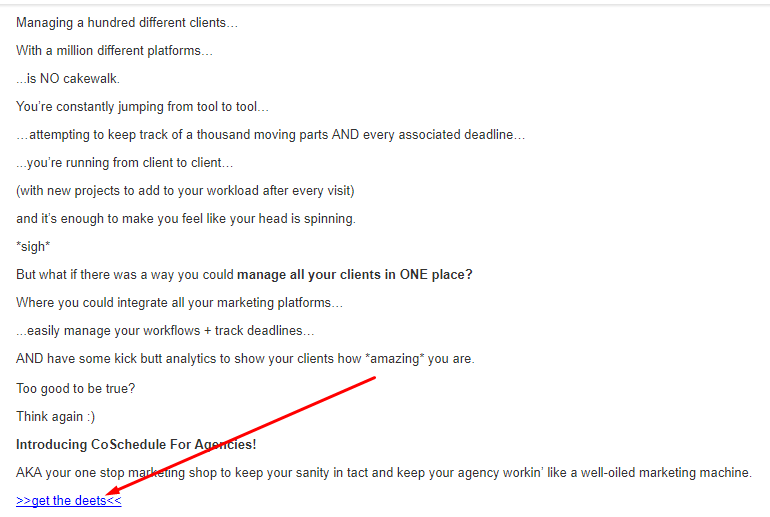
After fleshing out how most agencies struggle with managing 100s of clients, CoSchedule presented a link to their new resource that helps agencies to manage all their client work on one platform.
“…We’ve implemented preheaders on a number of campaigns and it’s raised open rates, click thrus and reduced spam complaints…,” says Elliot Ross, Managing Director of Action Rocket.
But, what if your emails are sent to people who have no need for them? Whether your pre-headers are enticing or not, your CTRs will be low.
One effective way to ensure you’re sending the right email to the right people on your list is to leverage list segmentation…
Click-through Rate Strategy #3: Segmentation
Ever read an email and wondered why on earth the sender sent it to you?
You become suspicious and wonder how they got your email in the first place. You start to ask yourself:
-
Are they trying to scam me?
-
Did they buy my email from a publication I subscribed to?
-
Is it even safe to click the links in this email?
You never want your emails to be viewed negatively. This is where the conversion principle of relevance rings true and becomes super important.
You need to send your communiques in segments to ensure they are reaching the right people. This will boost your open rates and your conversions. (Stay tuned for a bonus resource on what happens after conversions in the last section of this guide.)
Copyhackers, for example, is a publication read by growth hackers and writers. But I can tell they’re segmenting their emails because they almost always send me resources that are relevant to writers.
Here’s a recent email I got from them:

They know I’m a writer, and so when they send out growth hacking emails, segmentation ensures I don’t get those. I only get their newsletters that are meant for writers like me.
Click-through Rate Strategy #4: Tidy Up Your Copy
Writing that is not concise is too stressful to read.
People won’t always wade through your email waffling long enough to read or click anything. They’re not always that patient. So you need to always keep your wording tidy.
Here’s a recent newsletter I got from American Writers Artists Inc. (AWAI) — a perfect example of nice and tidy wording in emails:
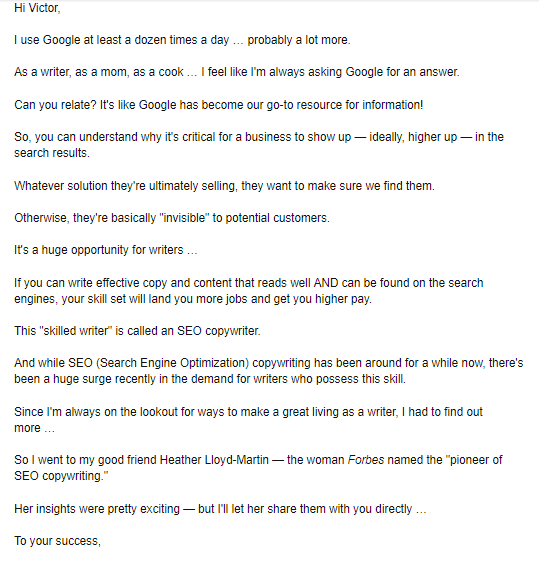
See how easy it is to read through this email?
There aren’t extraneous words, the tenses match, the writer is aware of how to post a question to draw you in, and she doesn’t talk about herself for long before she gets to the point.
Another good example is this recent email from Pamela Wilson of Big Brand System:
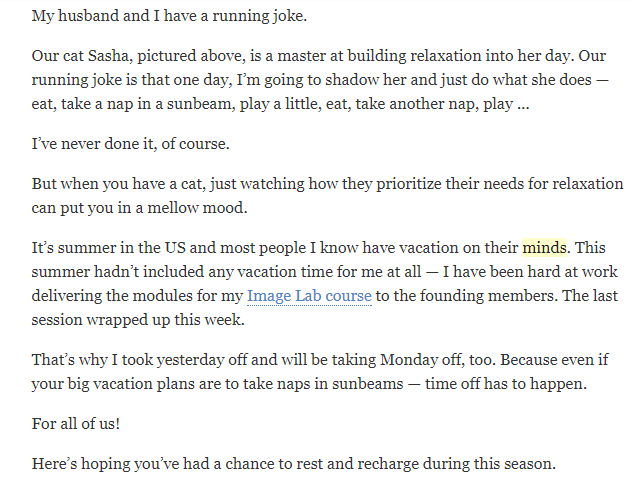
When your writing flows, subscribers find it pleasant to spend time reading — which increases the likelihood that they’ll be clicking through links.
Click-through Rate Strategy #5: Take Advantage Of The P.S. Area
As I’ve mentioned earlier, clickthrough rates tend to improve when you include at least two links in your email.
But here’s something else you should know: your P.S. section can do a great job attracting clicks when you put your links there.
Utilize the P.S. section as well to boost CTRs.
See how Heather Doyle at iPEC Coaching does it:
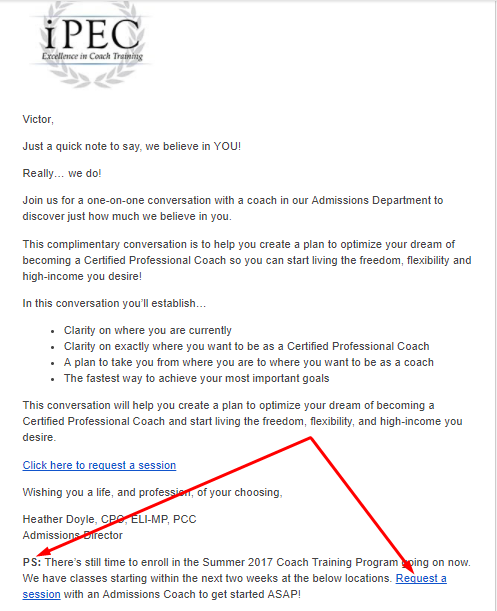
Another great example comes from Expert Business Coach MaryEllen Tribby.
After explaining how she’s coached her students into enjoying a good life while making great incomes, she presented a link for subscribers to join these students.
Then, she did something great with her P.S. section: she added a few testimonials from 3 of her students and presented her link again:
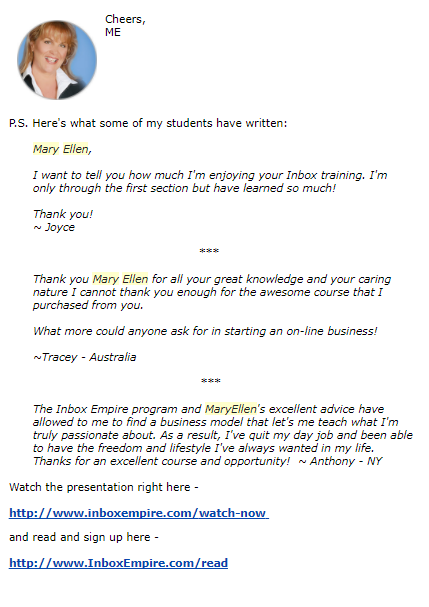
Links in P.S. sections attract clicks because it’s backed by a factor called the Serial Position Effect — a psychological trait that essentially states that the last element placed on a list draws the same amount of attention as the first element therein.
So, an element (a link) in your P.S. section attracts a special level of attention.
Click-through Rate Strategy #6. Ensure Your Subject Lines Are A Match With Your Calls To Action
Here’s a great example of what not to do from a recent email I got:

The writer puts Remember me? in the subject line, but in the email she admits we’d never met or even interacted before. She only used that ‘subject line trickery’ to entice me to open her email.
Don’t play games with your subscribers. Your emails get opened for the value in your subject line.
On the same note, if you’re the type of marketer who uses cheap trickery like RE: and FWD: to start your subject lines, stop right now. You’re a jerk, and you’re ruining marketing for everyone.
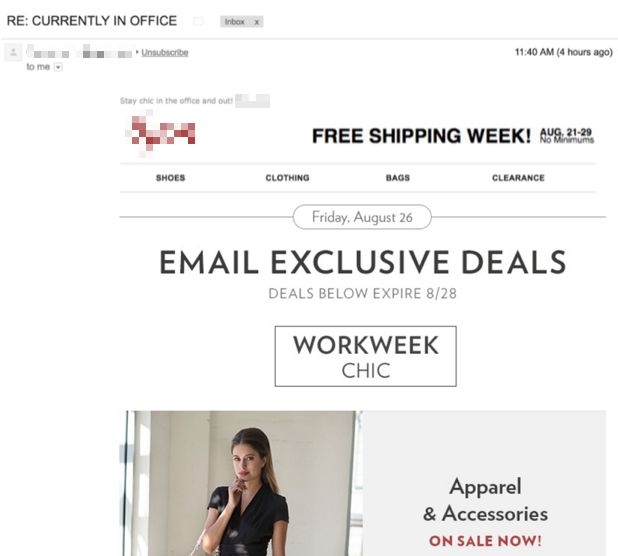
You might get high open rates, but CTRs will be low if the reader feels tampered with.
No one likes to be fooled. Make a promise in your headline and ensure your offer (click through URLs) delivers on that promise.
Click-through Rate Strategy #7: One Topic Per Email
This sounds like a no brainer, but I still get lots of newsletters with different topics per email these days.
Multiple topics in one email newsletter divides your contacts’ attention and deters them from picking any of your links.
A study reveals that people now generally lose concentration after about eight seconds. Don’t send your subscribers emails that tax their attention spans.
Make sure each of your newsletters covers only one topic. Here’s an example of how that looks in this email from Sumo:
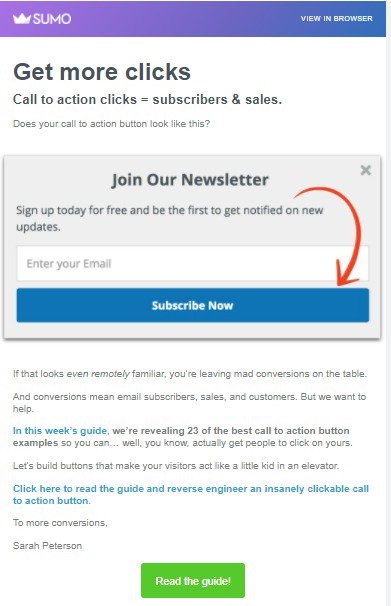
One email. One topic. One focus. One result.
Unbounce Cofounder Oli Gardner puts it this way: “One Page. One Purpose. Period.”
Click-through Rate Strategy #8: Brevity
One study says an office worker gets an average of 121 emails per day.
Irrespective of your writing quality, subscribers can’t spend much time with your email—they have a bazillion others to deal with.
Sujan Patel puts it this way: “Few people want to read 500-word emails regardless of the writing quality. That means you must hone your ability to summarize information and write persuasive calls to action that entice readers to click and find out more.”
Want to get good at brevity?
Delete every redundant word, expression, and anything that isn’t performing a specific function in your email. Learn to use active voice. Study writers you admire.
This recent email from Pepperstone (a forex broker) is a perfect example of how “short and sweet” works:
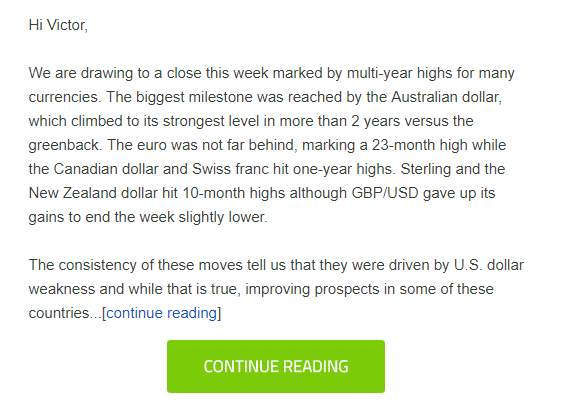
It is short and to-the-point.
No unnecessary pictures, links, etc.
Just the message they wanted to pass across, with their CTA down there — visible and clear enough for readers to click.
Click-through Rate Strategy #9: Use Active Voices On CTA Buttons
Don’t assume subscribers will understand where a CTA button (or image) will lead to when clicked.
How can you improve your CTAs?
Always use an active voice on your CTA buttons and clearly state what it will do. “You know you want it” doesn’t work as well as “Get Your Book Here”.
Here’s a recent email from Template Monster that demonstrates how active voices should be used on CTAs:
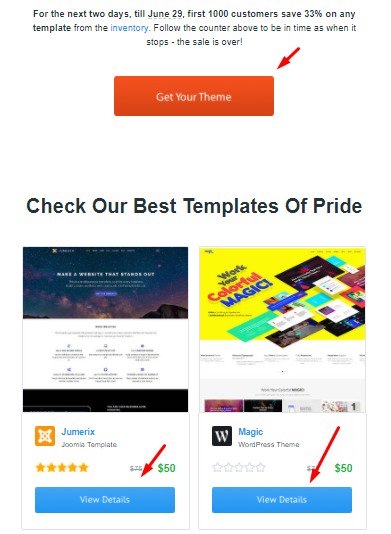
(Note: Active voice describes a sentence where the subject performs the action stated by the verb)
The CTAs have phrases that tend to evoke actions. That’s what works.
Marketo puts it this way: “…link key phrases that identify what a click of the link is going to render. Example: Read the new ‘Marketo Lead Nurturing White Paper’.”
Bonus Tip: Don’t Forget About Your Thank You Page
After subscribers click through your links and eventually convert, send them to a special thank you page where you ask them to do something more to impact your bottom line.
In this way, they take more actions that will impact your bottom line. I recently shared a piece about 9 ways to use thank you pages to drive more conversions (with examples); feel free to check the piece out.
Conclusion
Click-through rates are arguably the highest indicators of email engagement levels.
A high click-through rate (which varies per industry) indicates subscribers are highly engaged. A low click-through rate means you have some serious work to do.
Test out the strategies above and strive for continuous improvement. It won’t come overnight, but if you continue to experiment, you’ll improve your engagement and results.
Digital & Social Articles on Business 2 Community
(102)
Report Post
